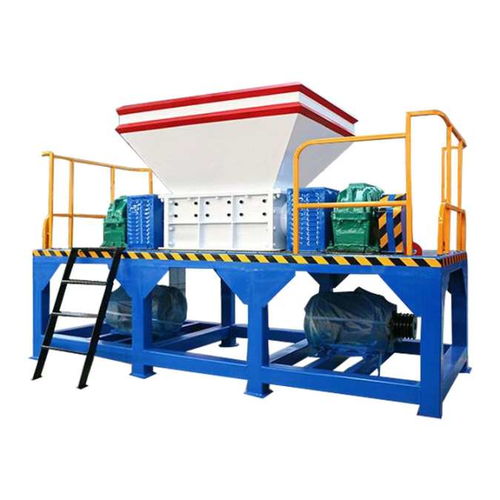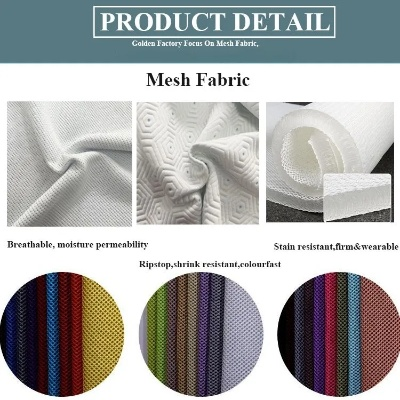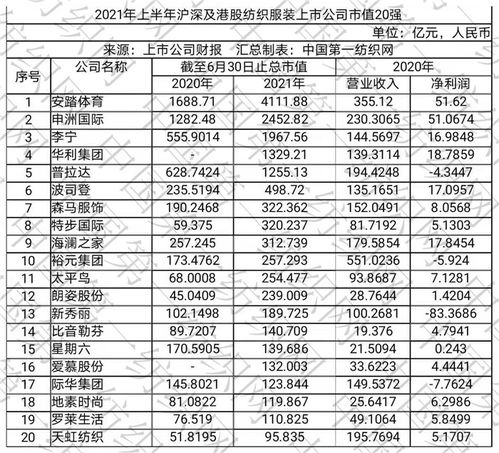Theoretical Frameworks in Textile Engineering:A Comprehensive Examination
This paper provides a comprehensive examination of the theoretical frameworks in textile engineering. The study discusses the various theories and models used in the field, including textile mechanics, textile materials science, textile physics, and textile engineering design. It also explores the applications of these theories in practical textile production, such as weaving, knitting, and finishing processes. Additionally, the paper examines the challenges faced by textile engineers in implementing these theories in real-world situations, and how they can be overcome through ongoing research and development. Overall, the study highlights the importance of understanding and applying the theoretical foundations of textile engineering to improve the quality, efficiency, and sustainability of textile products.
In the realm of textile engineering, understanding the theoretical foundations that underpin the design, manufacture, and performance of textile products is paramount. This topic encompasses a vast array of disciplines, from material science to mechanical engineering, and it's essential for graduate students seeking to specialize in this field to have a strong grasp of these theories. In this essay, we will delve into the key theoretical frameworks that are integral to textile engineering, including fiber science, fabric mechanics, and textile chemistry. We will also present an illustrative case study to demonstrate how these theories are applied in practice.
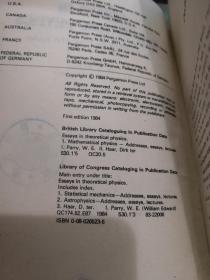
Fiber Science: The Basics
The study of fibers—the building blocks of textiles—is at the heart of textile engineering. Fiber science involves an understanding of the properties of individual fibers, such as their structure, composition, and behavior under various conditions. For instance, the properties of cotton fibers can vary depending on whether they are grown in the sun or under controlled conditions. Similarly, the strength and flexibility of polyester fibers depend on their molecular structure and processing methods.
Fabric Mechanics: Structural Analysis
Fabric mechanics is concerned with the analysis of the mechanical properties of textile materials, particularly those used in clothing and other protective garments. This includes factors like stress distribution, strain, and fatigue resistance. For example, a garment made from a high-performance synthetic fiber may exhibit superior resistance to wear and tear compared to one made from natural fibers like cotton.
Textile Chemistry: Functionality and Durability
Textile chemistry focuses on the chemical processes involved in the production of textile materials, including dyeing, printing, and finishing techniques. It also explores the interactions between fibers and chemicals, which can affect the color, texture, and durability of the finished product. For instance, the use of environmentally friendly dyes in textile production can help reduce waste and promote sustainability.
Case Study: Advanced Textile Materials Development
One area where textile engineering theory has been particularly influential is in the development of advanced textile materials. For example, researchers at a leading textile company have developed a new type of nanofiber composite that combines the strength and flexibility of carbon fibers with the breathability and moisture management properties of natural fibers. This material could be used in sportswear or automotive components, offering improved performance and comfort.
Another example is the use of electrospun nanofibers in the creation of antimicrobial textiles. These fibers are engineered to resist bacterial growth, making them ideal for use in healthcare settings or as protective clothing for athletes. By understanding the underlying principles of fiber science and fabric mechanics, these researchers were able to optimize the properties of these materials for specific applications.
Conclusion
The theoretical frameworks that underlie textile engineering are diverse and complex, but they are essential for designing and manufacturing high-quality textile products. By studying fiber science, fabric mechanics, and textile chemistry, graduate students can gain a deeper understanding of the principles that govern the behavior of textile materials. Additionally, case studies like those discussed above provide practical examples of how these theories can be applied in real-world scenarios, demonstrating the potential for innovation and advancement in the field.
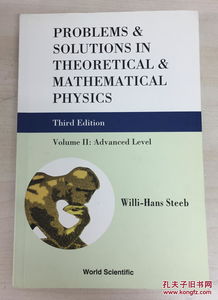
纺织品考研是众多学子为了提升学术水平、拓宽专业视野而进行的努力,本文将围绕纺织品考研理论展开讨论,结合实际案例分析,旨在为准备考研的学子提供有益的指导和建议。
纺织品考研理论概述
-
纺织品考研的重要性 纺织品考研是针对纺织品科学与工程领域的研究生入学考试,它不仅考察学生对纺织品基础知识的掌握程度,还考察学生的研究能力、创新思维和解决问题的能力。
-
纺织品考研理论体系 纺织品考研理论体系包括多个学科领域,如纺织材料学、纺织工艺学、纺织设计学等,理论知识主要包括纺织材料的性质、纤维的结构与性能、织物的结构与性能等,还包括纺织品的加工工艺、织物性能测试与评价等方面的知识。
纺织品考研理论与实践结合案例分析
-
某高校纺织品考研成功案例 某高校有一名学生,在备考纺织品考研期间,注重理论与实践相结合,他不仅深入研究了纺织材料的性质、纤维的结构与性能,还参与了多个实际项目的研发工作,通过实践,他掌握了纺织品的加工工艺和织物性能测试与评价的方法,提高了自己的研究能力和解决问题的能力,这名学生在纺织品考研中取得了优异的成绩。
-
纺织品考研理论与实践结合的挑战与对策 虽然理论与实践相结合对于纺织品考研非常重要,但也存在一些挑战,在理论知识学习中,学生可能感到难以理解某些复杂的概念;在实践操作中,学生可能面临技术难题和操作不规范等问题,针对这些问题,学生可以采取以下对策:一是加强理论与实践的结合,通过案例分析和实验操作等方式加深理解;二是寻求导师和同学的帮助和支持,共同解决问题;三是积极参加学术交流活动,拓宽视野,提高自己的研究能力。
纺织品考研理论的学习方法与建议
-
学习方法: (1)系统学习:学生应该系统地学习纺织品考研的理论知识,包括纺织材料的性质、纤维的结构与性能、织物的结构与性能等,还应该了解纺织品的加工工艺和织物性能测试与评价的方法。 (2)多做练习:学生应该多做练习题和模拟试题,加深对理论知识的理解和掌握,还可以通过实践操作来巩固所学知识。 (3)注重实践:理论与实践相结合是纺织品考研的重要原则,学生应该注重实践操作,积极参与实际项目的研究和开发工作。
-
建议: (1)提前准备:学生应该提前了解考试要求和考试内容,制定合理的备考计划。 (2)多看文献:学生应该多阅读相关文献,了解最新的研究成果和发展趋势。 (3)寻求帮助:学生可以寻求导师和同学的帮助和支持,共同解决问题,还可以参加学术交流活动,拓宽视野,提高自己的研究能力。
纺织品考研理论是纺织品科学与工程领域的重要研究领域之一,通过理论与实践相结合的学习方法,学生可以提高自己的研究能力和解决问题的能力,学生还应该注重实践操作,积极参与实际项目的研究和开发工作,在备考过程中,学生应该提前了解考试要求和考试内容,制定合理的备考计划;多看文献,了解最新的研究成果和发展趋势;寻求帮助,提高自己的研究能力和解决问题的能力。
Articles related to the knowledge points of this article:

